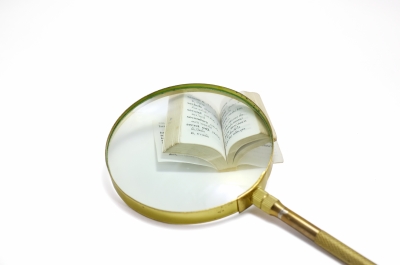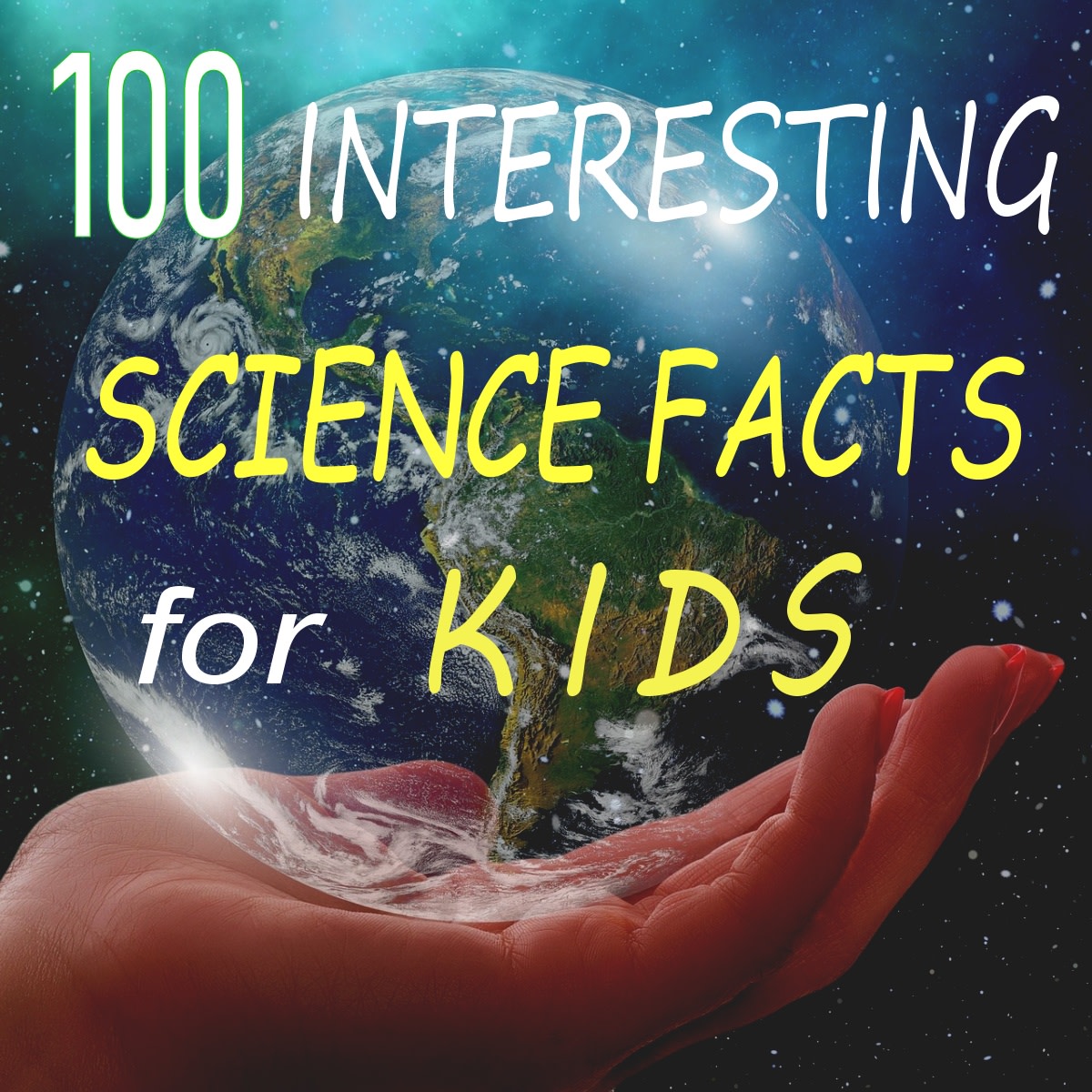Why Words Need the Silent 'E'
Why the Silent "E" is Important in the English Language
Have you ever wondered why the English language has a silent “E” in it?
What’s so important about that letter at the end of the word anyway? If you’ve ever wondered why we don’t just eliminate the letter from the word to begin with, read on for some interesting facts about the important silent E.
1. Make a 2-vowel word Long
Most people are aware that the silent E at the end of a word changes the first vowel from the “short” to the “long” sound (for example, cap/cape). Review “How to Teach Your Child to Read” for more information on phonics and the A Beka Book reading system.
2. Keeps the Final Consonant Sound Soft
Think of words such as “fudge” and “prince”. The words end in a silent “E”.
3. Differentiates between the “S” and “Z” sound in a word.
Do you know how to pronounce the differences in the words “dense” and “dens”? What about “false” and “falls.” The silent E lets you know that the word makes a “S” sound instead of the “Z” sound.

4. Differentiates between the noun and verb.
You may be able to pronounce the different words, but do you see the difference in the meaning in bath/bathe? “Bath” is the noun, whereas bathe is the action of bathing. What about cloth/clothe? “Cloth” is the noun, and “cloth” speaks of getting dressed. What about teeth/teethe?
And do you hear the differences in the pronunciation? The noun is pronounced with the whisper-like “th” sound like in the “thick” while the verb is pronounced with the heavier “th” sound, like in the word “this” (which almost makes a “thu” sound).
The silent E, so simple, yet so important. Who knew?!
For more information on reading check out my articles:








